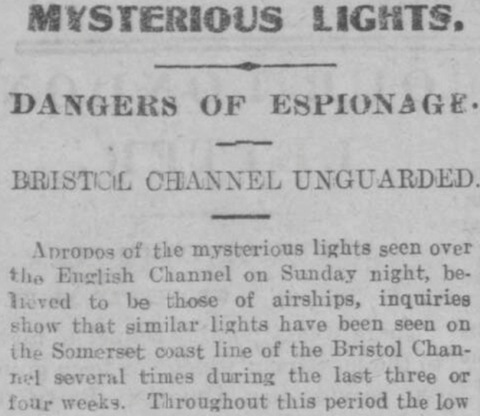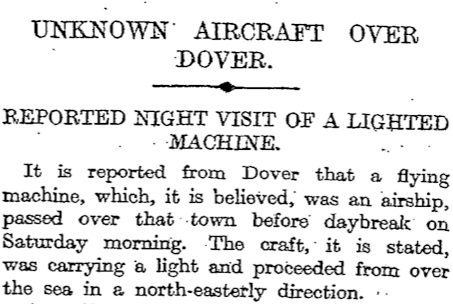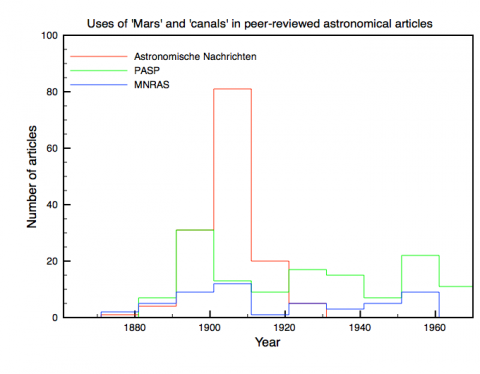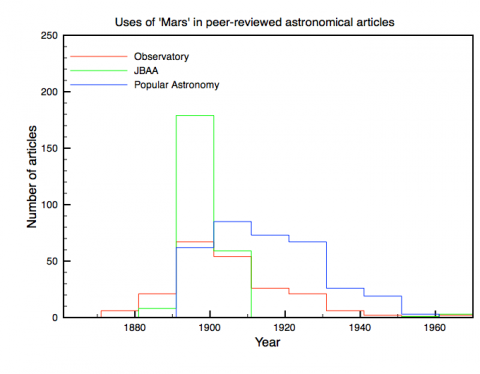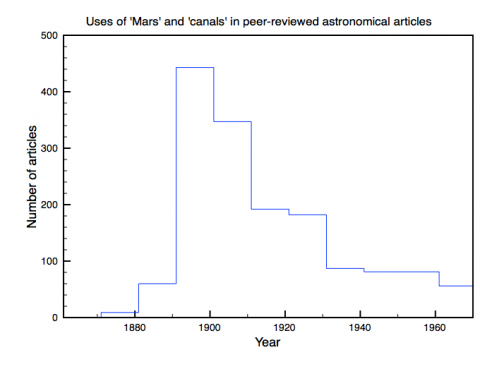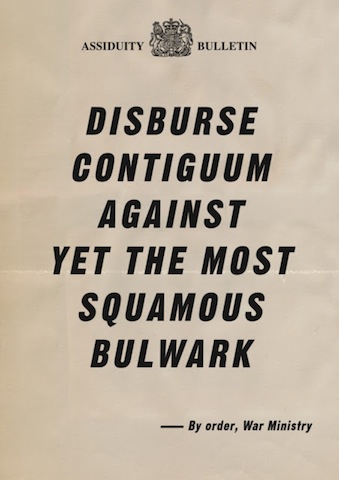[Cross-posted at Society for Military History Blog.]
(Or, 'Trenchard at sea'.)
Jamel Ostwald's recent post on urban bombardment in the early modern period, itself partly a response to my post on Trenchardism, prompted me to wonder how straight the line was between aerial bombardment and earlier naval and land bombardments? Was the naval precedent more influential or the military one?
This does not quite answer the question, but in his Air Power and the Cities (1930) the Air Ministry civil servant and lawyer J. M. Spaight, the most prolific British airpower writer of the interwar period, spent an entire chapter talking about the historical precedents afforded by naval bombardments, calling it 'The lesson of the naval bombardments'. Stated negatively, this lesson was that 'it has been no part of the policy of belligerent nations to destroy enemy coastal cities'. Or, stated positively, 'there has been a clearly marked tendency to confine attack to certain objectives', mostly (but not exclusively) 'those the destruction of which was calculated to prejudice the enemy's military effort and to which, therefore, the term "military objectives" may be broadly applied'. (He was a lawyer, after all.) Spaight projected this naval trend onto aerial bombardment, arguing that air forces in the next war would be unlikely to bomb cities indiscriminately:
On the few exceptional occasions in which objectives not of a military character have been shelled, the result has been protest, excuse, condemnation, never justification on the merits of the practice. It is sufficient to recall the salient facts of the naval campaigns of modern times to conclude that there has been no settled policy of indiscriminate bombardment in naval war. In general, bombardment has been confined to military objectives and undertaken for a military purpose.
Ultimately, this served to buttress his argument that not only was disarmament a bad idea, but it wasn't even necessary, because airpower itself 'is the great disarmer'.
How can war go on when air power can leap upon it, smother it, smash it? That would be bad work for civilisation if it meant smashing the cities; but it need not mean that. Indeed, it cannot mean that unless air power is to be mishandled, misdirected, grossly misapplied. Used aright, used to the fullest advantage, it will be kept for smashing the nests and. breeding places of armament not the cities.
So why did Spaight emphasise the naval precedent and not the military one? Because, regrettably, 'it cannot be denied that the bombardment of a defended, town as a whole has been a practice not unknown to land warfare'. Indeed, he noted that both the British and the American manuals on the rules of law took the view that 'an attacking force is under no legal duty to limit the bombardment to the fortifications of a place attacked'. Moreover, land bombardments tended not to be decisive: 'the terrible bombardment of Strassburg [1870] only made its inhabitants more determined to resist'.
The naval bombardments Spaight was referring to included Alexandria (1882), Beirut (1912), Canton (1841), Greytown (1854), Kagoshima (1863), Pisagua (1879), Tripoli (1828), Valparaiso (1866), and others mostly from the Crimean and First World Wars. Not all of these examples really serve his larger argument -- the German naval bombardments of Hartlepool, Scarborough and Whitby (1914) attacked targets of no military value and killed more civilians than any air raid on Britain in the next four years -- but he seems to have missed one that did.
In the Anglo-Zanzibar War of 1896, three British cruisers anchored close to the shore and bombarded the ruling Sultan's palace without damaging the surrounding city, as discriminate a bombardment as any. (Though there were at least some civilians among the 500 or so casualties, this was not intended.) It was also decisive, in that it forced the Sultan to flee and allowed the British to install their own preferred candidate, which was the reason for the war in the first place. And it was also incredibly quick: the war began at 9:02am on 27 August 1896 and ended at 9:40am. Indeed, at 38 minutes the Anglo-Zanzibar War is supposedly the shortest war in history. With such effective examples of short, sharp shocks before them, it's easy to see why airpower theorists were drawn to the idea of using the air to strike at cities unreachable by sea. But not why so they so easily discarded the principle of discriminate, precision bombing so easily, confounding Spaight's prediction. The reasons for that lie in the technological and operational limitations of the air weapon, limitations which were not clear when Spaight wrote and would not be clear for some years yet.
